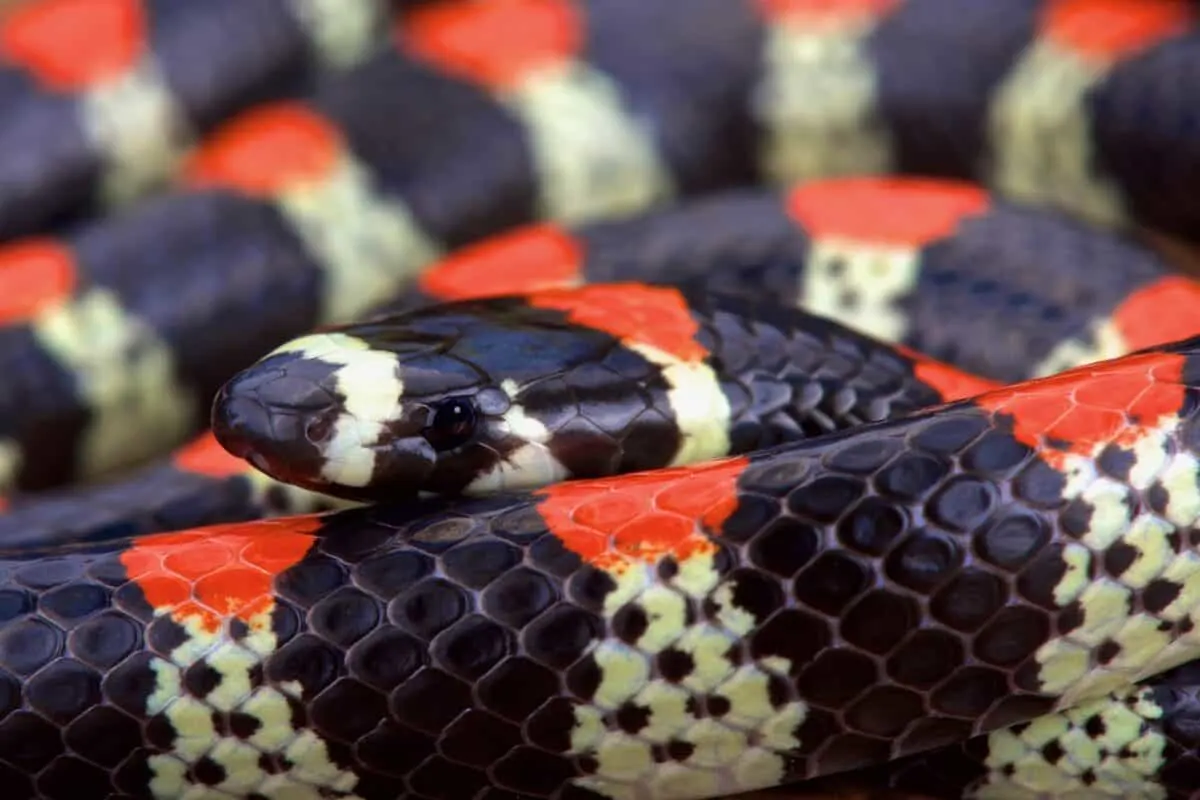Do you live in the southeastern North Carolina to eastern Louisiana range? If so, you might encounter a coral snake sometime.
Coral snakes are pretty to look at with their banded pattern – but you should keep your distance as their bite can be incredibly toxic.
Key Points
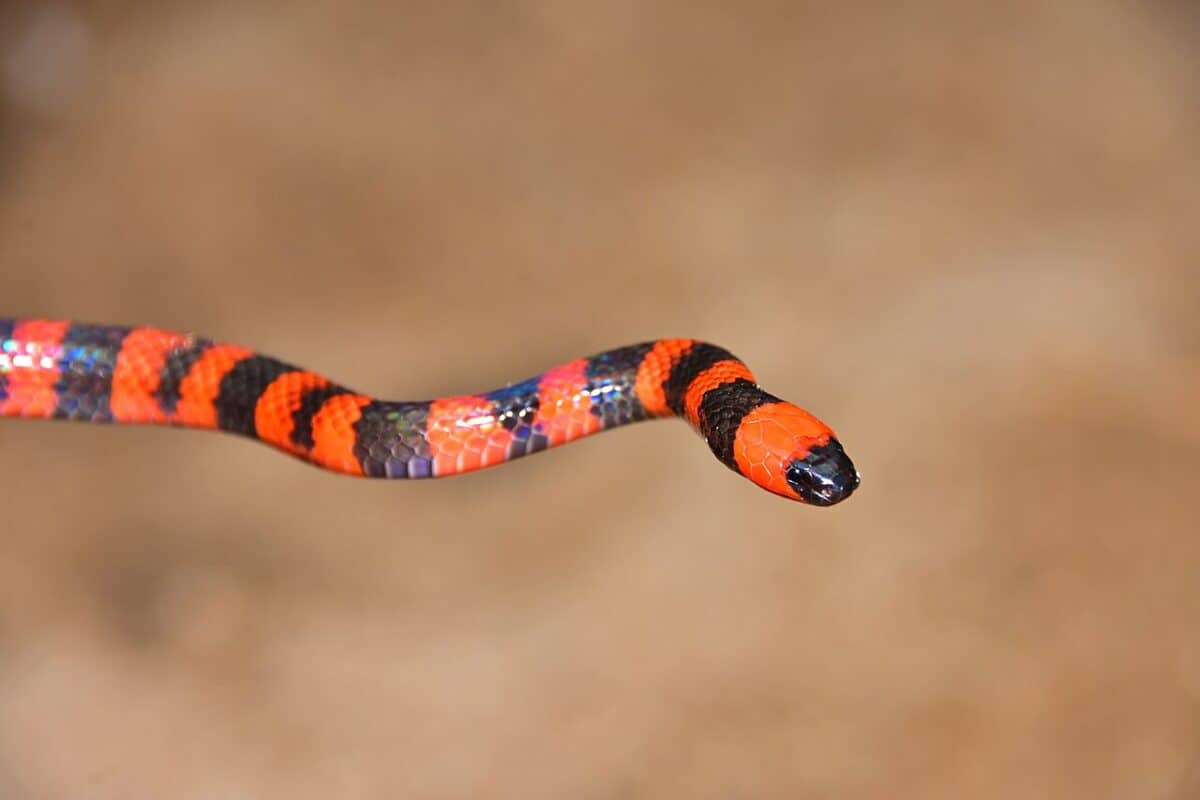
- Coral snakes are venomous reptiles belonging to the family Elapidae, known for their vibrant coloration of red, yellow, and black bands.
- Coral snakes are slender and venomous, typically measuring 2–4 ft long.
- After a coral snake bite, initial symptoms at the bite site may include mild pain, redness, and swelling.
- Individuals with coral snake bites will require hospitalization to closely monitor their vital signs, including heart rate, blood pressure, and oxygen saturation.
- If coral snake bites result in physical impairments, such as muscle weakness or limited mobility, rehabilitation, and physical therapy may be recommended.
Description of Coral Snakes and their Venom
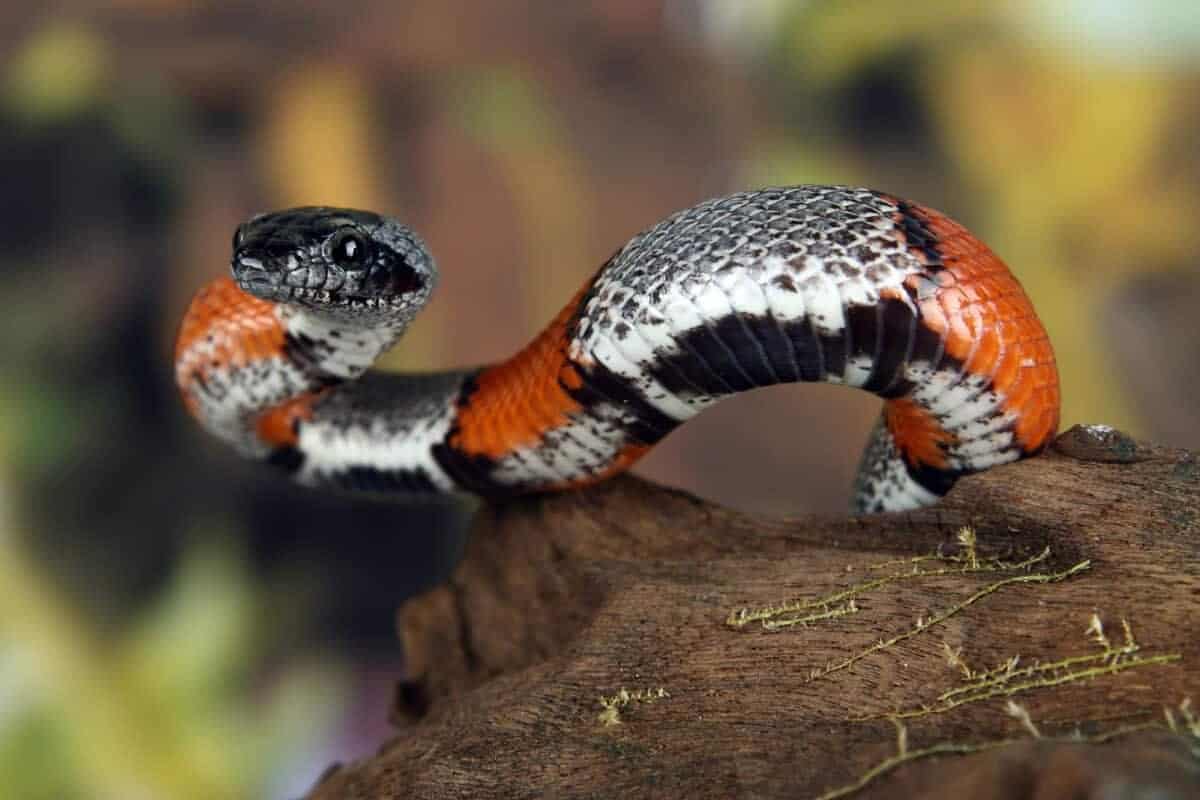
Coral snakes are slender and venomous, typically measuring 2–4 ft long. They possess a venom with high neurotoxicity, which directly impacts the nervous system.
Coral snake bites in humans usually occur when individuals accidentally come into contact with the snake while walking, gardening, or handling firewood. The snakes have small fangs, and their bites may be painless, making them difficult to detect immediately.
Prevalence and Risk Factors
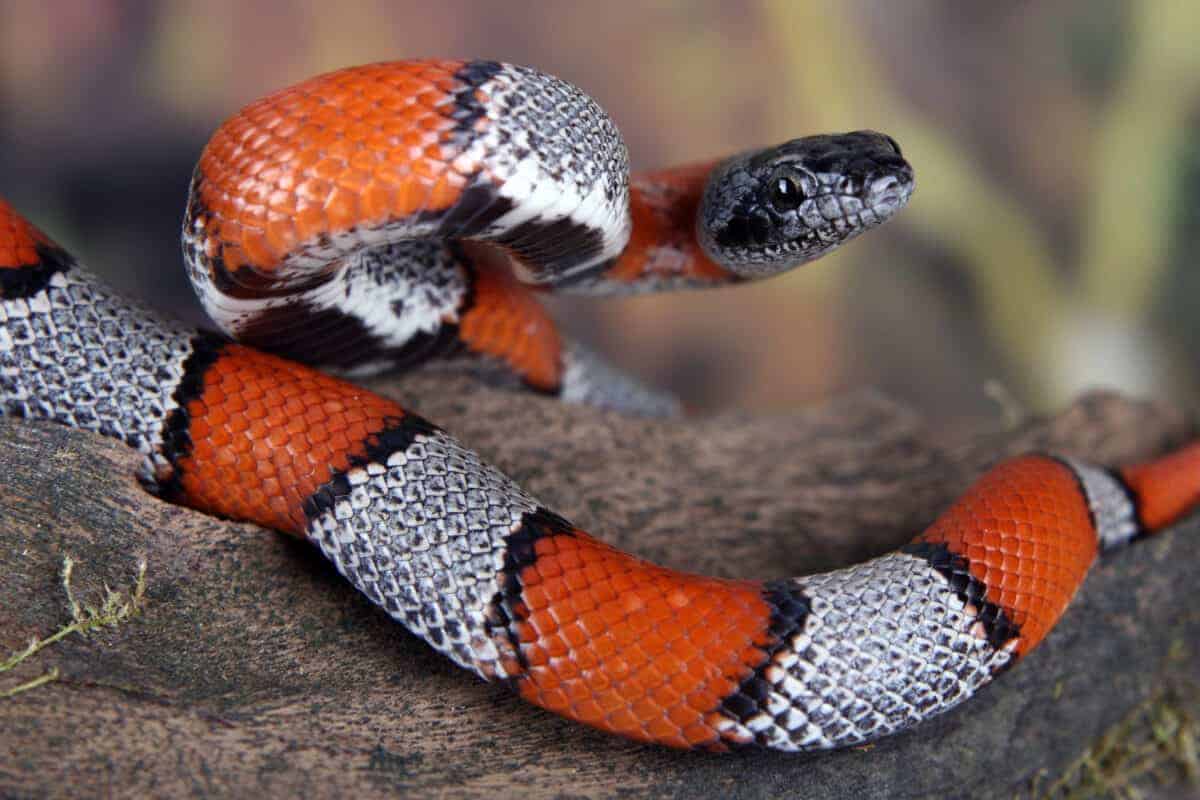
Coral snake bites are relatively rare compared to bites from other venomous snakes. However, individuals who reside or spend time in areas inhabited by coral snakes, such as certain regions in the United States, should be aware of the potential risk. (read about the most venomous snakes in the U.S. here.)
Factors that increase the likelihood of bites include engaging in outdoor activities without taking necessary precautions – such as learning how to identify various types of snakes and knowing whether they’re venomous or not.
Symptoms of Coral Snake Bites
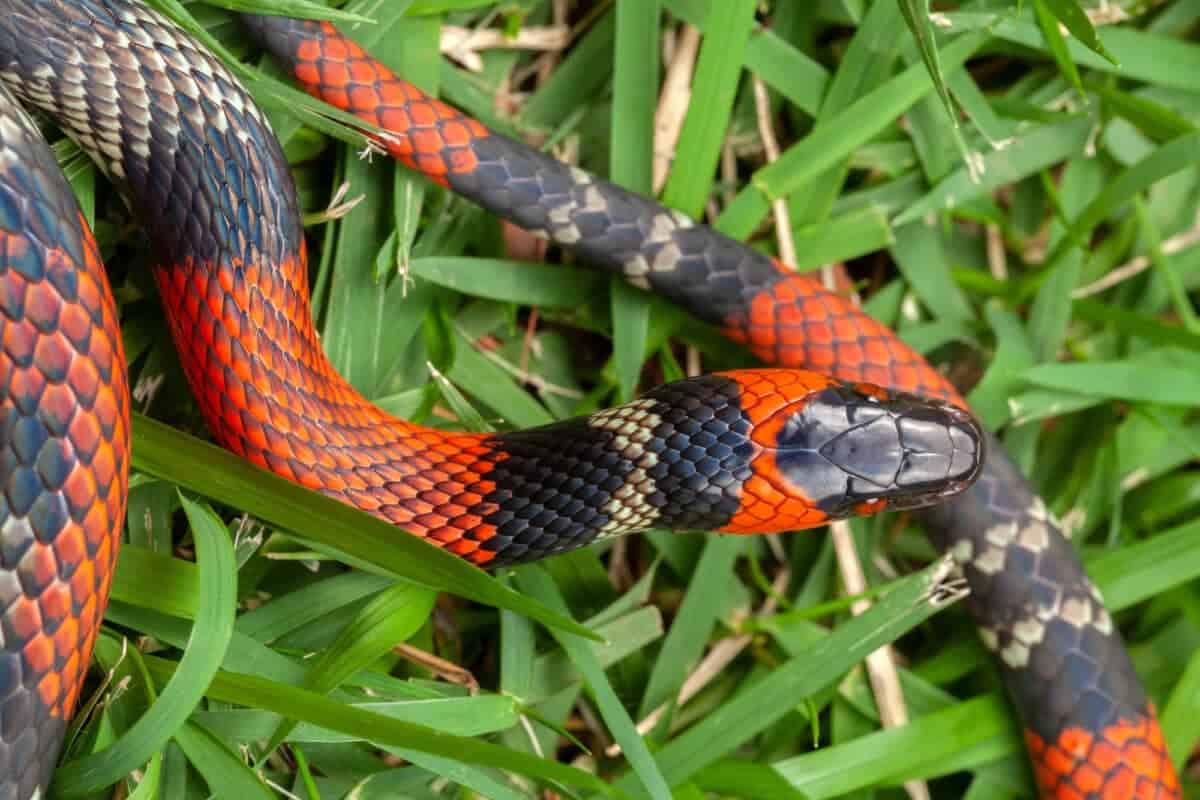
After a coral snake bite, initial symptoms at the bite site may include mild pain, redness, and swelling. However, these local symptoms are not always present or easily noticeable.
As the venom spreads through the body, systemic symptoms may develop. These can include weakness, dizziness, nausea, vomiting, sweating, and difficulty breathing.
In severe instances, individuals affected by a coral snake bite may encounter life-threatening complications such as respiratory failure, paralysis, and cardiac arrest.
Prompt recognition of coral snake bite symptoms is crucial for initiating immediate medical intervention. Timely identification and prompt treatment greatly enhance the likelihood of a favorable outcome and reduce the potential for long-term complications.
Immediate Actions and First Aid
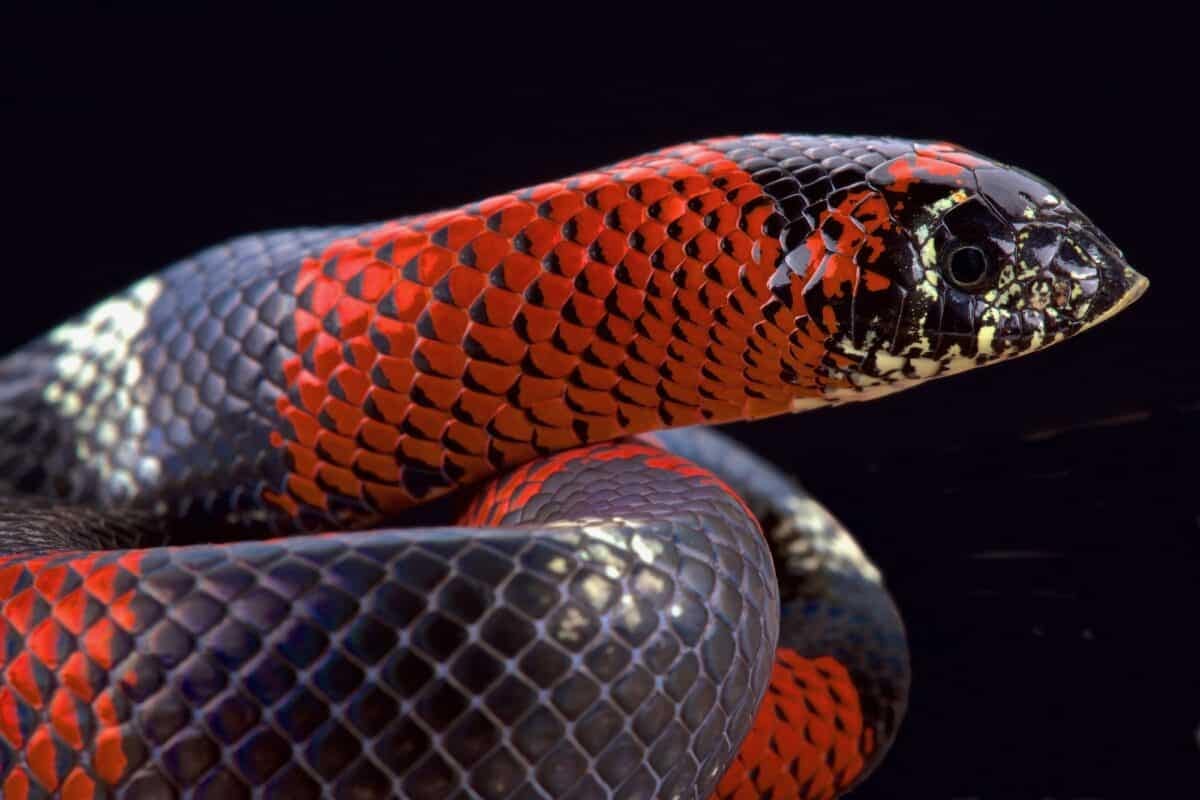
Call for Medical Assistance
Immediately call emergency services or local poison control centers to seek professional medical help. Provide them with accurate information about the incident’s location, the snake’s appearance if identified, and the symptoms observed in the victim.
Proper Positioning and Immobilization of the Affected Limb
While awaiting medical help, it’s essential to position and immobilize the affected limb to prevent further venom spread.
In the event of a coral snake bite on an arm or leg, it is vital to keep the affected limb positioned at or slightly below the level of the heart. Immobilize the limb using a splint or a makeshift immobilization device like a sturdy board or rolled-up magazine. This helps minimize the movement and potential spread of venom, promoting better outcomes.
Control Bleeding and Swelling
Apply a clean cloth or sterile dressing to the bite site to control bleeding. Avoid applying a tourniquet or using suction devices, as these methods are ineffective and may cause additional harm. Minimize movement and elevate the limb, if possible, to reduce swelling.
Medical Treatment and Recovery Process
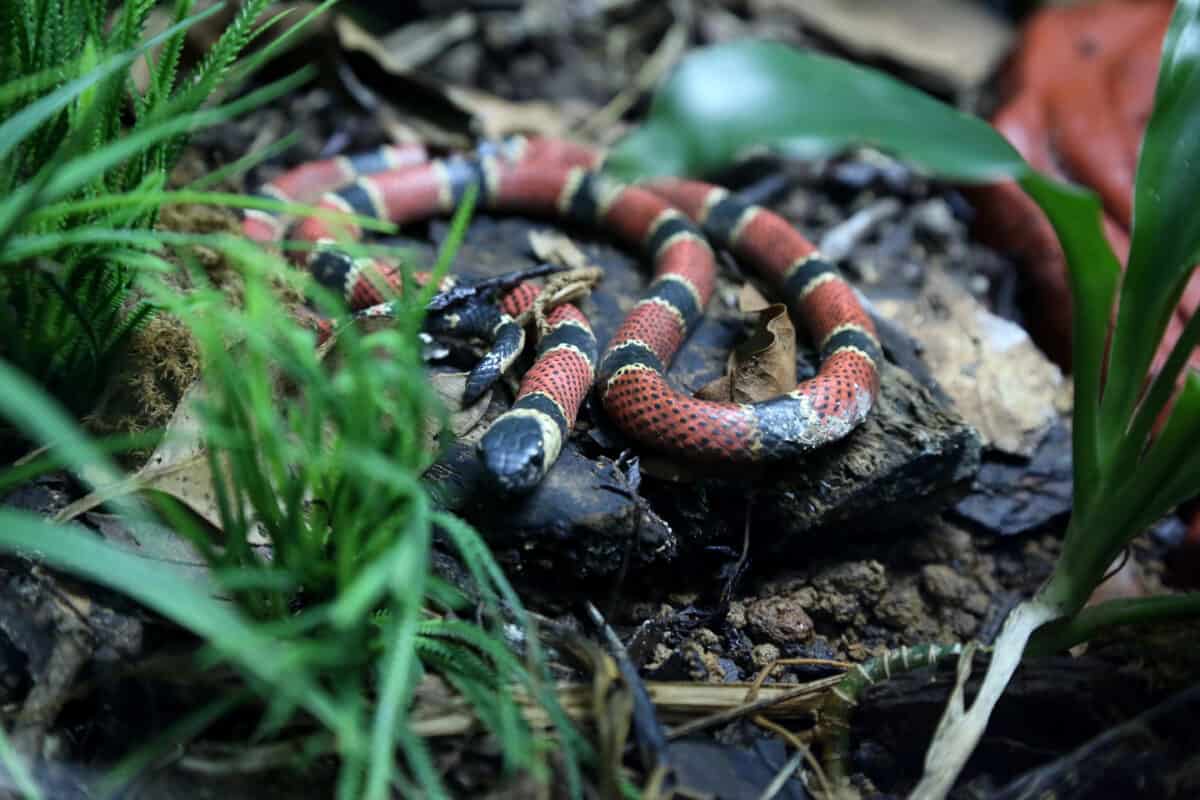
Antivenom
The primary treatment for coral snake bites is antivenom, which functions by counteracting the effects of the venom and halting any additional harm.
Healthcare professionals will administer antivenom intravenously, considering the severity of symptoms and monitoring the individual’s response closely. This intervention aims to neutralize the venom and promote the recovery process.
Assessing Breathing and Circulation
Upon arrival at the hospital, medical professionals will assess the victim’s vital signs, airway, breathing, and circulation. They may provide supplemental oxygen, assist with ventilation, and ensure adequate blood flow to vital organs.
Hospitalization
In most cases, individuals with coral snake bites will require hospitalization to closely monitor their vital signs, including heart rate, blood pressure, and oxygen saturation. Continuous monitoring ensures prompt intervention if any complications arise.
Antivenom Therapy and Potential Side Effects
Antivenom therapy aims to counteract the effects of the coral snake’s venom. Although antivenom is generally considered safe and effective, it is important to note that there can be instances where allergic reactions or other side effects occur. Healthcare professionals will closely monitor the individual for any adverse reactions.
Pain Management
During the recovery process, healthcare professionals will manage pain with appropriate analgesics. Supportive care, such as intravenous fluids, wound care, and nutrition, will promote healing and minimize complications.
Aftercare
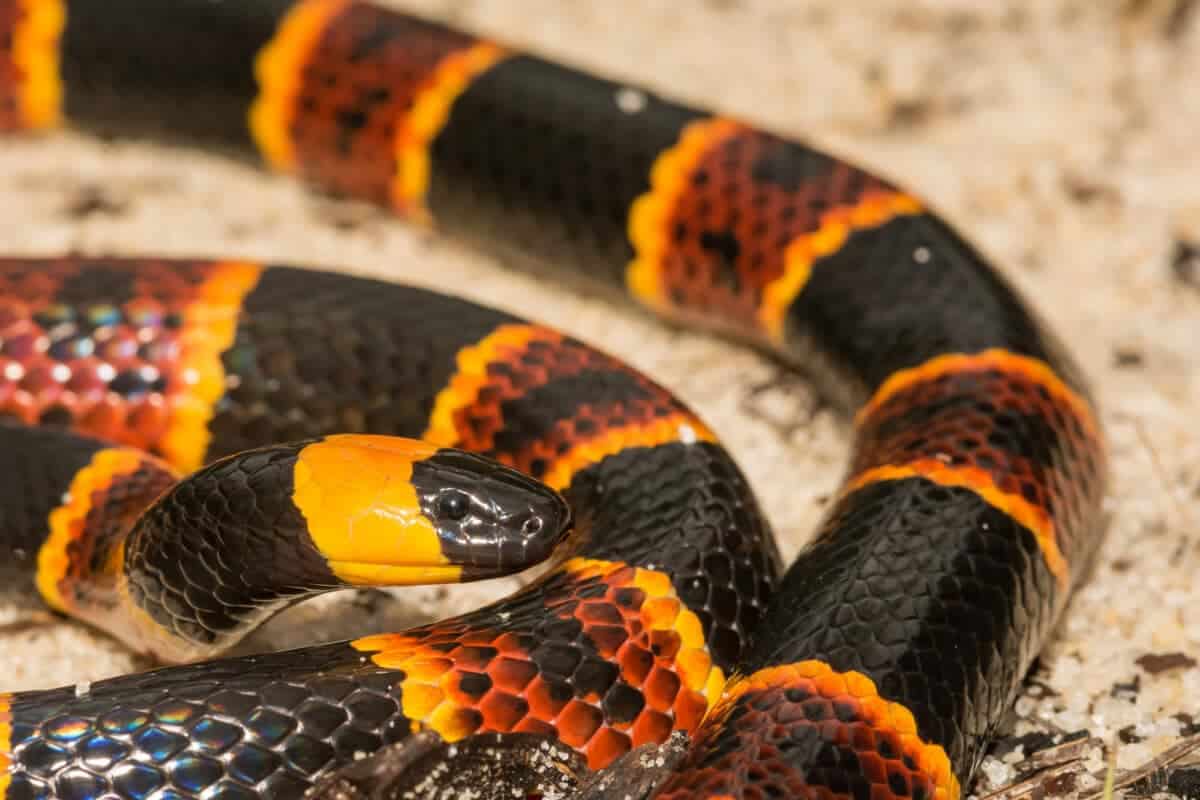
Importance of Medical Follow-up Appointments
After initial treatment, individuals need to attend follow-up appointments as their healthcare provider recommends. These appointments allow for continued monitoring of symptoms, assessment of healing progress, and adjustment of treatment plans if necessary.
Rehabilitation for Mobility and Function
If a coral snake bite results in physical impairments, such as muscle weakness or limited mobility, rehabilitation and physical therapy may be recommended. These interventions restore function, strength, and flexibility through targeted exercises and medicines.
Psychological Support
Coral snake bites can be traumatic experiences, and individuals may require psychological approval to cope with the emotional aftermath. Counseling, support groups, and therapy can help address anxiety, fear, and post-traumatic stress related to the incident.
The Bottom Line
Thank you for reading this article! If you want to educate yourself even further on snake bites, read our post on the bite of the black mamba or how to deal with a cottonmouth bite.
Join our Forum for free today!


